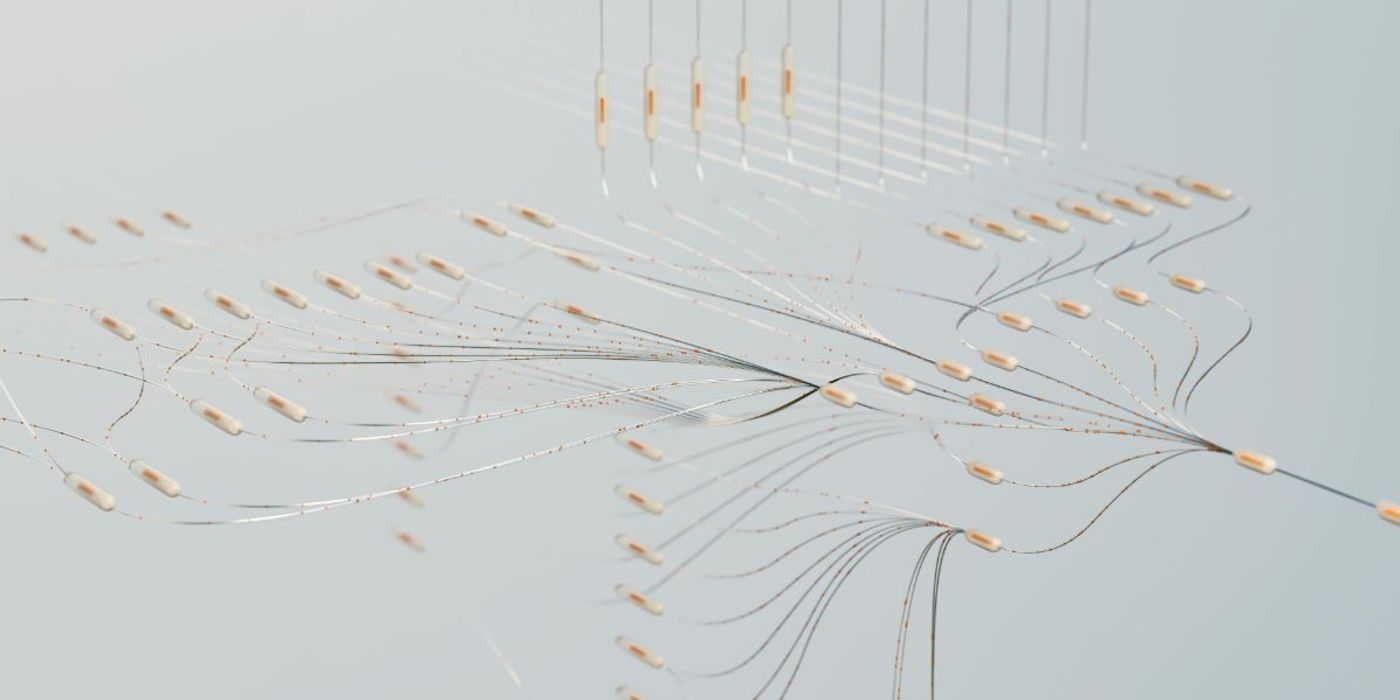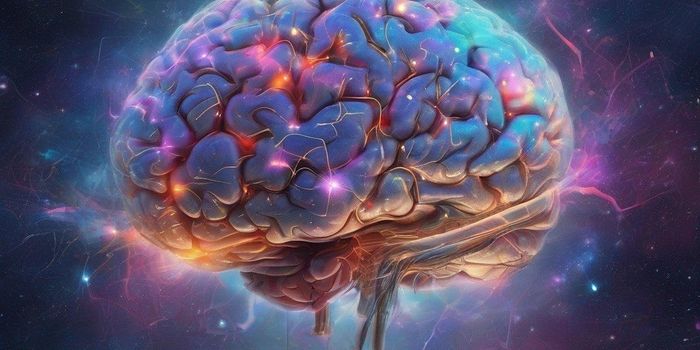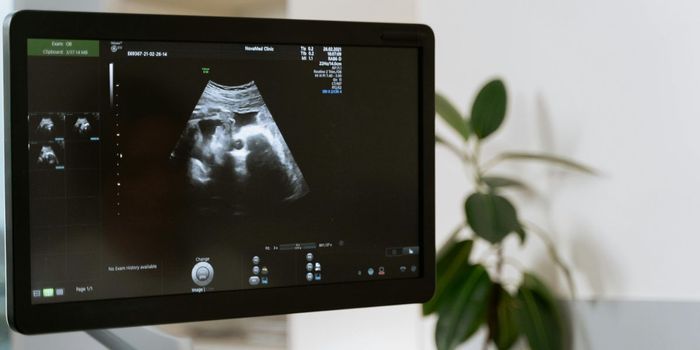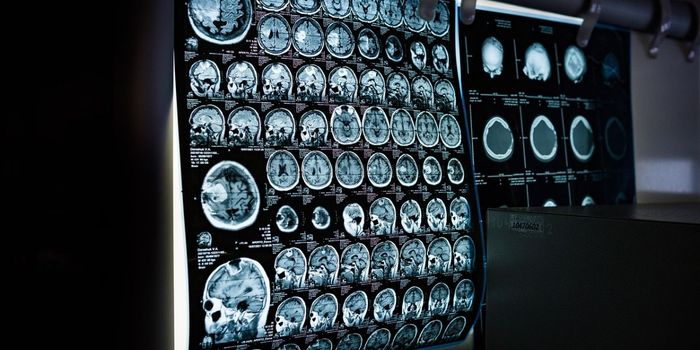Machine Learning Detects Early Parkinson's with 86% Accuracy

"The technique is non-invasive, uses standard video recordings, and could potentially help in detecting signs of Parkinsonism earlier, improving treatment outcomes and patient management," said lead author Deigo Guarin, an assistant professor of applied physiology and kinesiology at the University of Florida, in a press release.
To evaluate disease severity in PD, clinicians quantify motor symptoms in patients. In the early stages of the disease, however, these symptoms can be subtle and are difficult to quantify. This may lead to a delayed diagnosis and, thus, delayed intervention. Methods to aid identification at this stage could improve management of the condition.
In the current study, researchers investigated whether machine learning could aid early diagnosis of PD. To do so, they used machine learning to analyze videos of three movement tasks: finger tapping, hand movement, and leg agility from 31 early-stage PD patients and 26 age-matched healthy controls.
Assessment of finger tapping, hand movement, and leg agility videos individually resulted in PD detection accuracy of 79%, 75%, and 79%. Accuracy increased to 86% when all three tasks were combined. PD usually starts asymmetrically, meaning that one side of the body is usually more affected than the other in the early stages of the condition. Machine learning helped the researchers compare movement in the left and right sides of patients' bodies.
"Our methodology effectively differentiated between early-stage PD and healthy controls using videos of standardized motor tasks by integrating kinematic analyses of left-side, right-side, and bilateral symmetry movements. These results demonstrate that ML can detect movement deficits in early-stage PD from videos. This technology is easy-to-use, highly scalable, and has the potential to improve the management and quantification of motor symptoms in early-stage PD," wrote the researchers in their paper.








